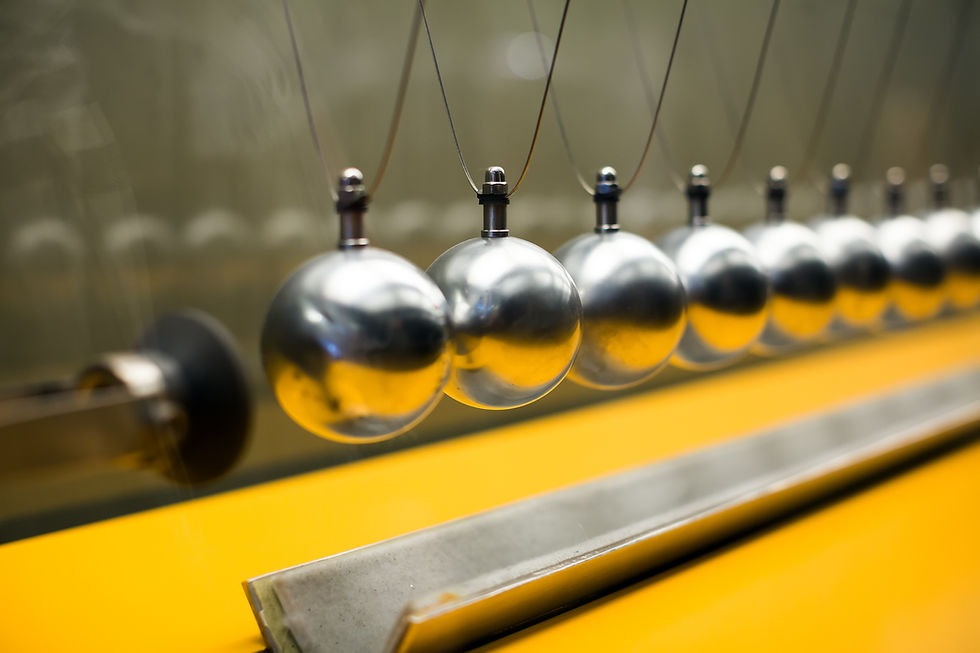Cultivated Meat Production at Scale: Nonstop Discovery of Techniques
- dingbangloo
- Mar 20, 2023
- 2 min read

We have mentioned that scaffolding is a crucial component for the texture, structure, and flavour of cultivated meat. However, the field of scaffolding technology is at its early stage where there are few advancements in the area. Innovative ideas are needed to maximise the potential of cultivated meat production. Thus, companies are also placing greater emphasis on research in areas such as bioreactors and processes which removes the need for scaffolding.
Large quantities of meat have to be produced affordably and efficiently if cultivated meat aims to be commercialised. Growing cultivated meat at scale requires bioreactors, which are essential in providing the housing and conditions that enable cells to grow. Bioreactors allow for important parameters such as metabolite levels, pH and biomass accumulation to be monitored. There are various types of bioreactor designs that differ based on how the cell culture medium is mixed and how cells are grown. The most common type of bioreactor used for animal cell culture is a Continuous Stirred Tank Reactor (CSTR), which offers better sterility and reduced bubbling compared to air-lift reactors at large scales. Depending on the goal or challenges faced, manufacturers are developing unique innovations and bioreactor designs for various purposes. As such, further buy-in from governments and multinational corporations around the world would support the acceleration of commercializing cultivated meat.
Research and projects have been conducted to further explore scalable platform technology to manufacture cultivated meat at large scales and affordable prices. It is also desirable to reduce the reliance on animal-derived materials to keep cost low and production sustainable. Another interesting technique is Cell Sheet technology - a technique used to create scaffold-free 3D tissues. The sheets of living cells, almost as thin as a sheet of paper, are grown in a cultured environment before being peeled off and stacked. They can be stacked and attached to create 3D tissues with high cell density. This technique is adapted from the creation and growth of various functional human tissues, and it is also suitable for cultivated meat production at scale. Subsequently, the texture profile and nutritional value were analysed and evaluated.

Photo source: Steakholder
Lastly, leveraging on existing technology like 3D printing and some elements of scaffolding, it is now possible to create cultivated meat products that are more customised. 3D printing with bioinks involves a special ink composed of living cells and other biomaterials. These bioinks are loaded into a 3D printer and with a specific design scheme, it is possible to create a 3D structure that mimics the properties of real meat. The process is highly customizable, depending on the formulations of bioinks used, which can provide the support and environment for cell proliferation. This allows the creation of cultivated meat products with specific textures, flavours, and even nutritional profile. The process also eliminates the need for animal breeding and slaughtering, as well as minimizing the carbon footprint significantly.
In summary, various innovative production techniques have been discovered as researchers continue to explore the most cost effective approach for large scale production. The cultivated meat industry is always a step closer to producing a quality meat product that is ready for commercialization.




Comments